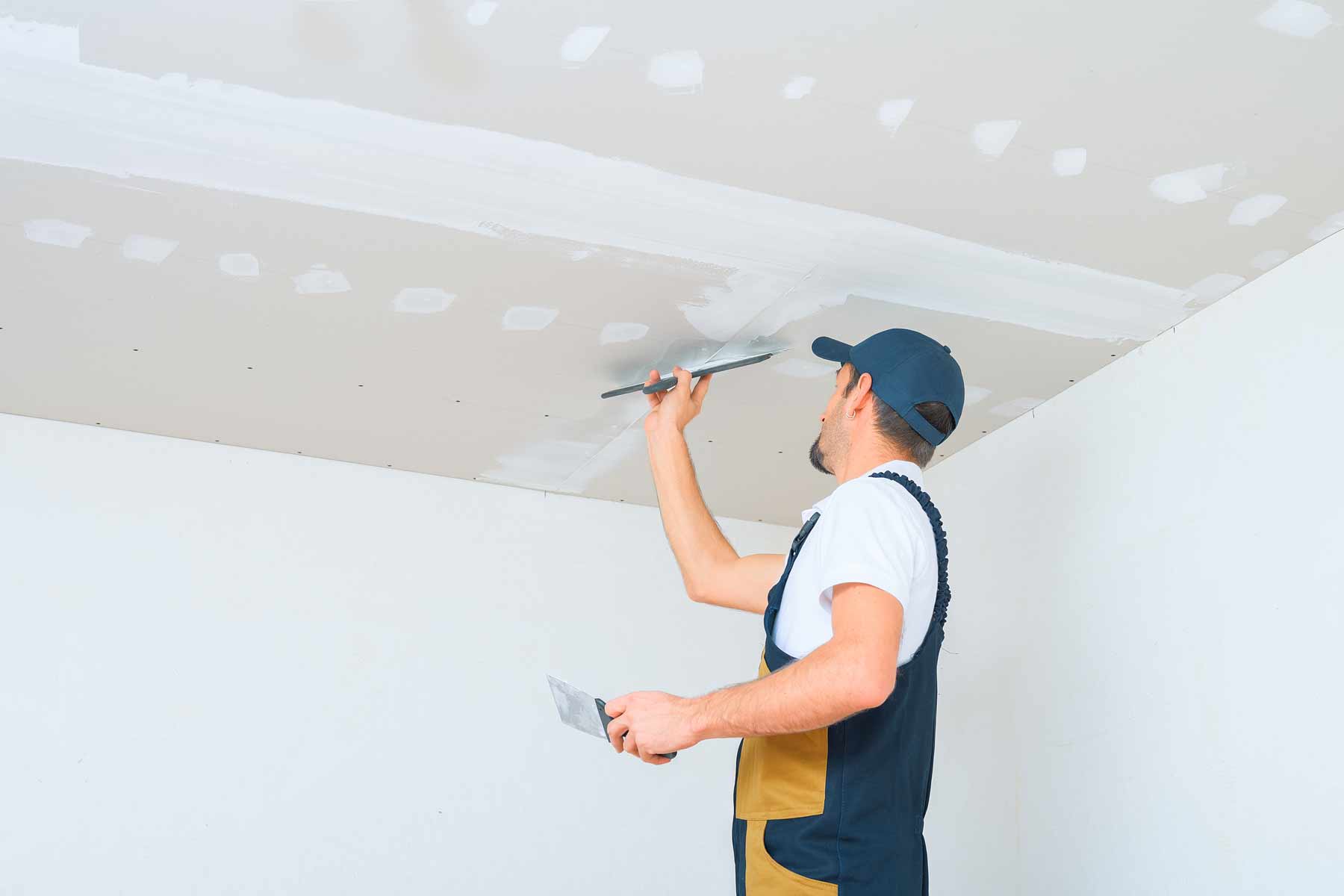Comprehensive Drywall Contractor Support for New Builds
Comprehensive Drywall Contractor Support for New Builds
Blog Article
Full Overview to Reliable and efficient Drywall Setup
Drywall installment is an essential element of any building and construction or remodelling task, demanding a careful method to make certain both effectiveness and integrity. It is important to explore the subtleties of each step in the process, as they jointly contribute to the general success of the drywall installation.
Essential Devices for Drywalling
When beginning on a drywall installment project, having the right tools is crucial for accomplishing a specialist finish. Vital devices include a drywall blade, tape step, and a T-square, which are essential for exact measurements and smooth cuts. A drywall lift is additionally very useful, specifically for ceiling installations, enabling much easier handling of heavy panels.
For fastening the drywall, a cordless drill and drywall screws are needed. The drill needs to be equipped with a drywall bit to make sure performance and precision. Additionally, an essential tool is the drywall saw, which assists in reducing around electric outlets and other challenges.

Furthermore, protective gear such as shatterproof glass and a dust mask are necessary to make sure individual security during the installment procedure. Making use of the right devices not only enhances the top quality of the installation but also streamlines the operations, making the job a lot more efficient overall.
Preparing the Space

Following, examine the condition of the wall surfaces and ceilings. Fix any existing damages, such as holes, splits, or peeling paint, to make certain a smooth and even surface area for drywall application. Additionally, check for electric outlets, plumbing lines, and HVAC air ducts, noting their places to stay clear of difficulties during setup.
It is additionally important to gauge the space properly, figuring out the dimensions of the ceilings and walls to compute the proper amount of drywall needed. Develop a detailed strategy that consists of the layout and positioning of the drywall panels.
Installment Techniques
Reliable installment techniques are critical for accomplishing a specialist finish in drywall jobs. Appropriate dimension and cutting of drywall sheets are basic steps. Constantly gauge the wall space precisely, enabling for any kind of outlets or switches. Utilize an energy knife for clean cuts, racking up the paper face and breaking the board along the racked up line.
When hanging drywall, begin from the leading and job downward, ensuring that the lengthy edge of the board is perpendicular to the framing. Secure the sheets with screws as opposed to nails, which offer greater holding power and reduce the threat of standing out. Area screws every 12 inches along the sides and every 16 inches in the area of the board.
For edges, use corner beads to achieve sharp, clean sides. When mounting on ceilings, make use of a drywall lift or have a look here partner assist in site link holding the sheets in place (drywall repair). Preserve a space of about 1/4 inch over the flooring and ceiling to suit development and tightening
Completing Touches

Begin by applying joint tape over the seams. This can be either paper or fiberglass harmonize tape, with paper being chosen for its durability. When the tape remains in location, it's time to use the very first coat of joint compound, also called mud. Make use of a 10 to 12-inch taping knife to spread the substance uniformly over the taped seams, feathering the edges to blend with the bordering drywall.
Enable the compound to completely dry thoroughly, normally 24-hour. After drying out, sand the surface gently with fine-grit sandpaper to remove any flaws. drywall contractor. Repeat the mudding and fining sand process, typically a couple of coats, ensuring each layer is smooth and flush with the drywall surface area
Usual Mistakes to Avoid
Numerous do it yourself fanatics run into pitfalls throughout drywall installation that can compromise the last results. One typical blunder is stopping working to appropriately determine and cut drywall sheets. Incorrect cuts can cause spaces and irregular seams, making completing much more labor-intensive. Additionally, disregarding to stagger joints can produce powerlessness in the wall, resulting in potential drooping or splitting with time.
An additional constant mistake is improper attachment. Making use of too few screws or nails can cause loose drywall, while overdriving bolts can create the paper to tear, compromising the framework. It's critical to maintain consistent spacing, normally every 16 inches, and to ensure that fasteners are flush with the surface area.
In addition, not addressing moisture concerns prior to installment can cause mold and mildew growth and structural damages. Constantly examine the atmosphere and usage moisture-resistant drywall in high-humidity areas.
Verdict
Reliable and reliable drywall installment requires meticulous interest to detail throughout the procedure. Avoiding usual mistakes further adds to a specialist result, emphasizing the relevance of accuracy and strategy in effective drywall tasks.
It is essential to discover the nuances of each step in the procedure, as they collectively add to the total success of the drywall installment.When beginning on a drywall installment project, having the right tools is critical for attaining a professional finish.For attaching the drywall, a cordless drill and drywall screws are essential.Properly preparing the room is vital for an effective drywall setup.Reliable setup techniques are critical for accomplishing an expert visit the site coating in drywall projects.
Report this page